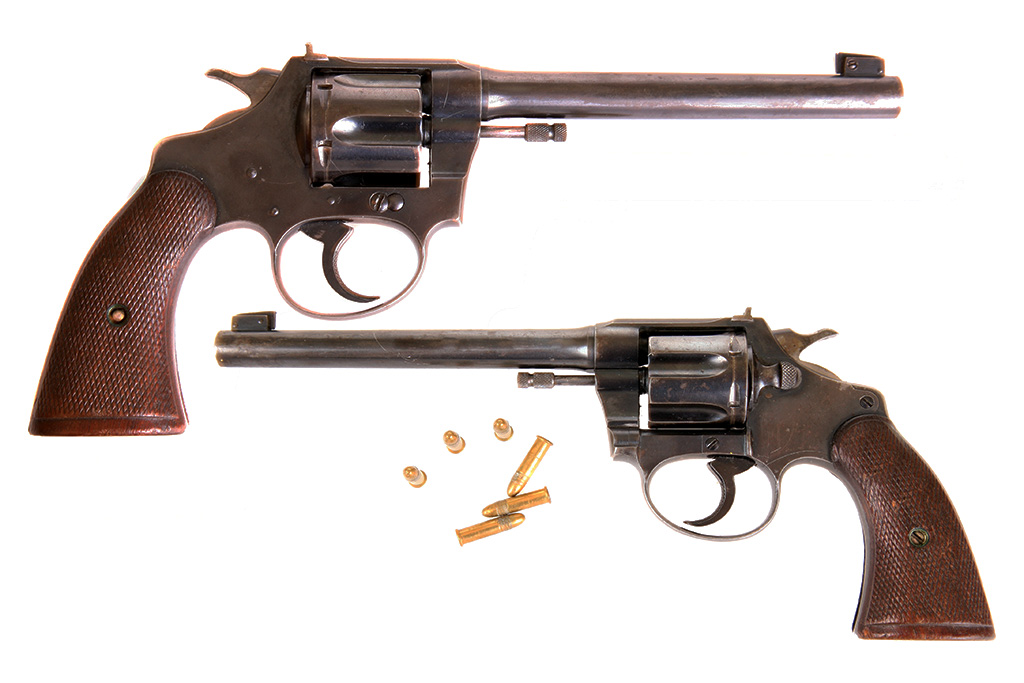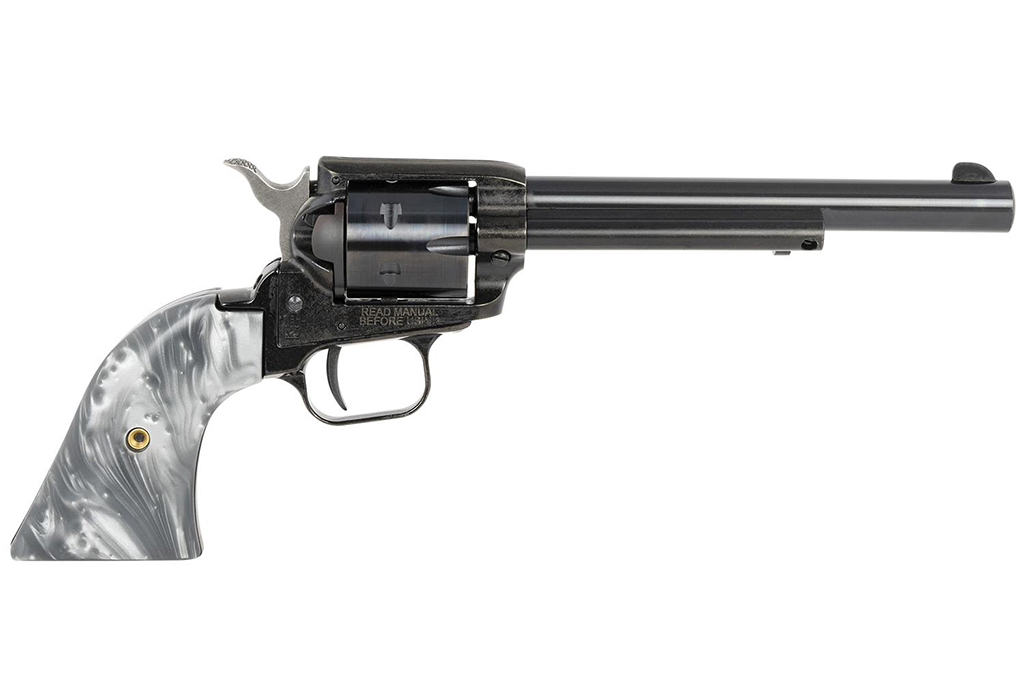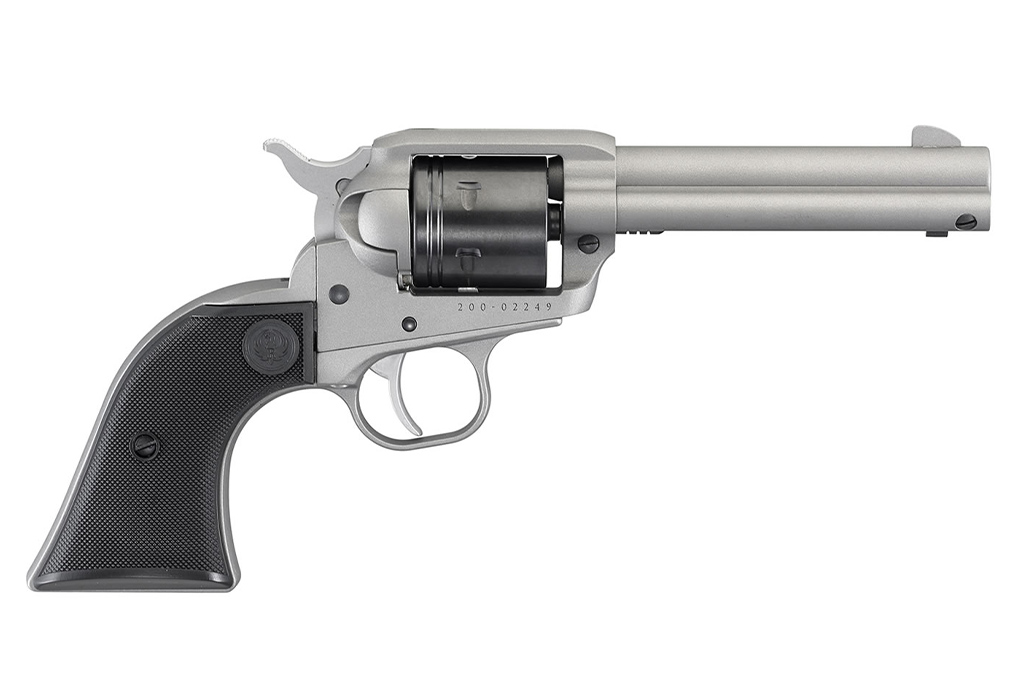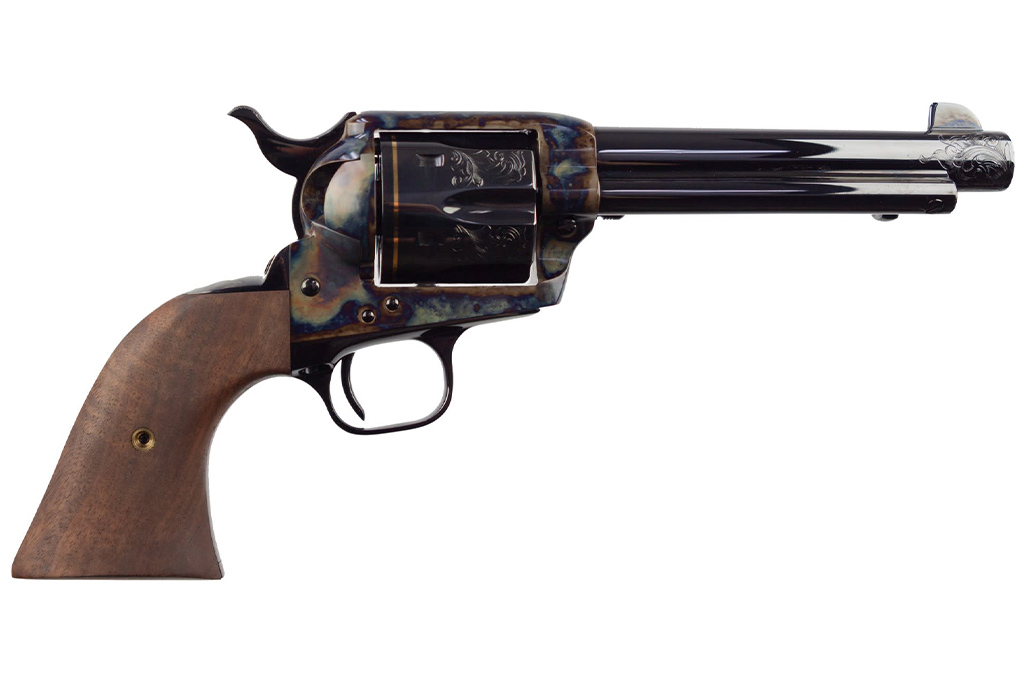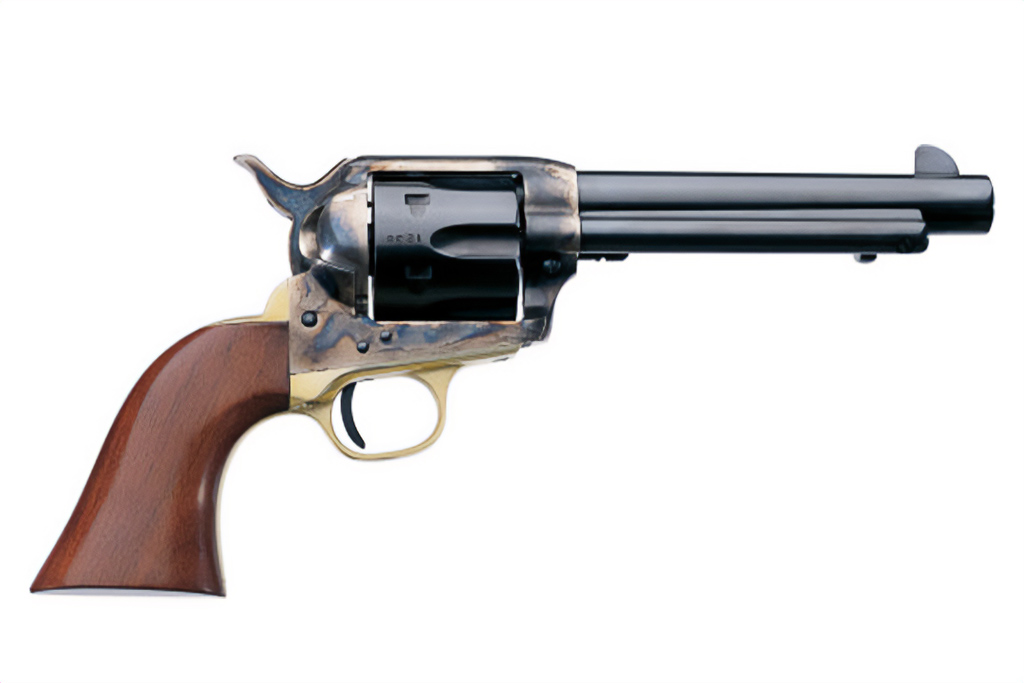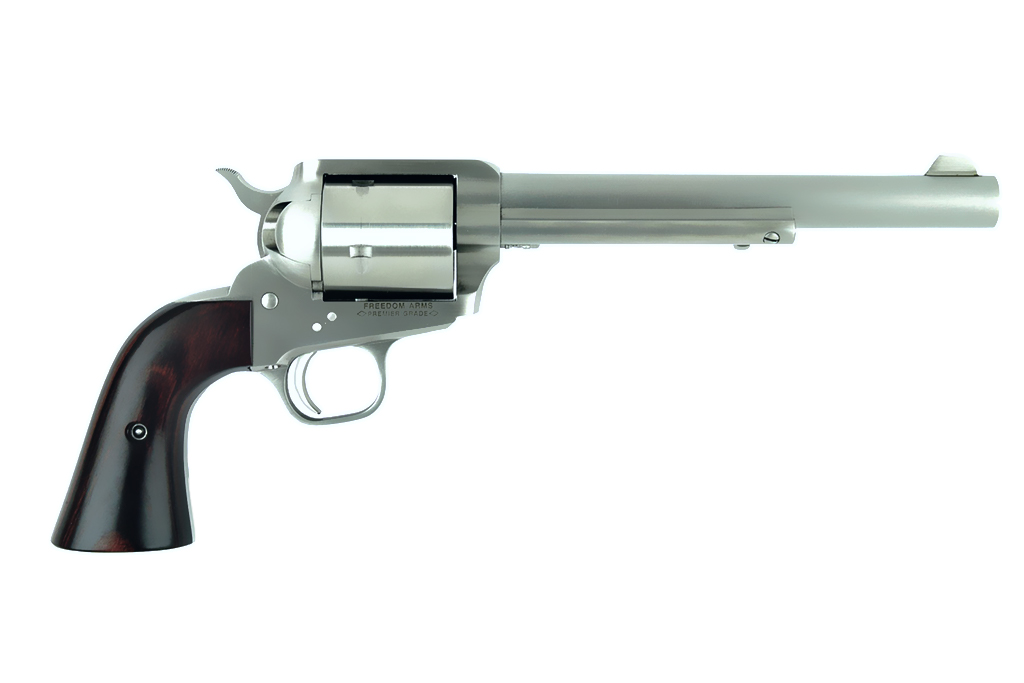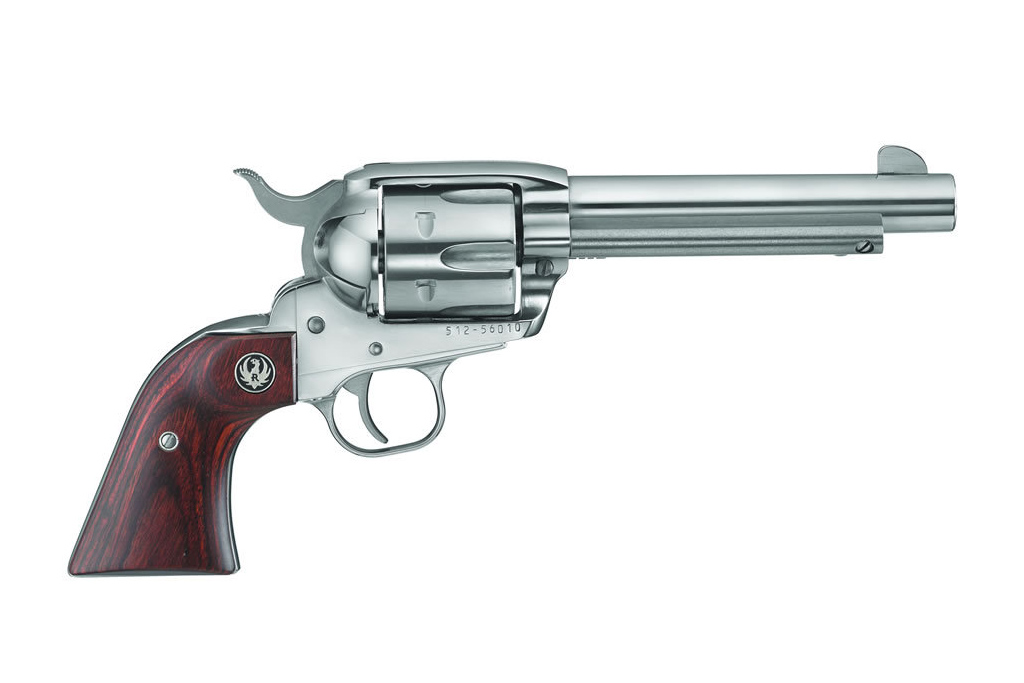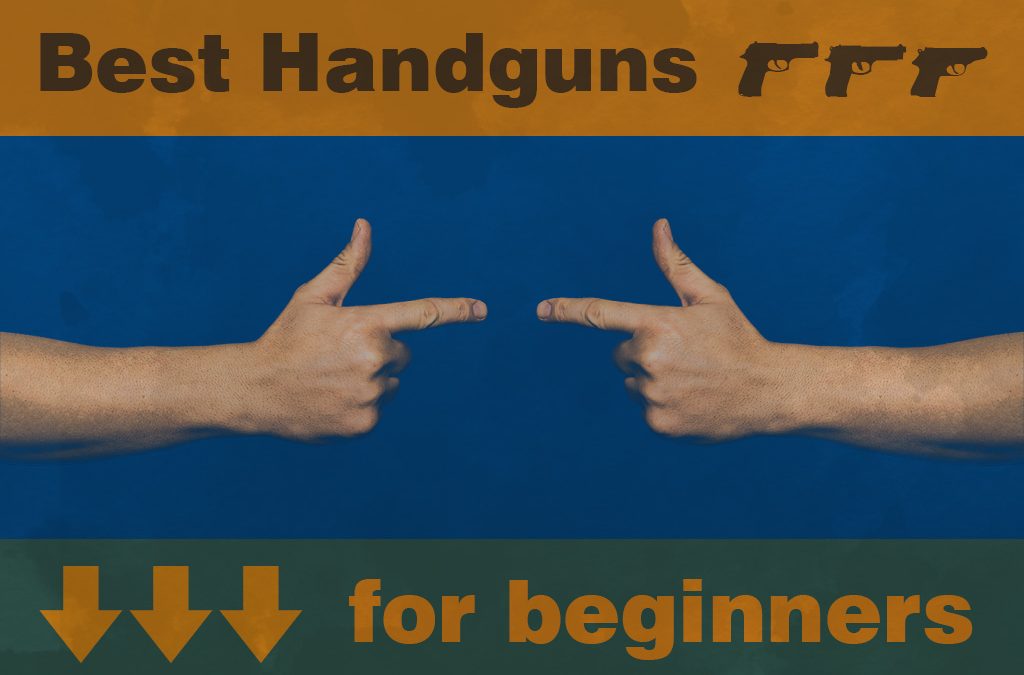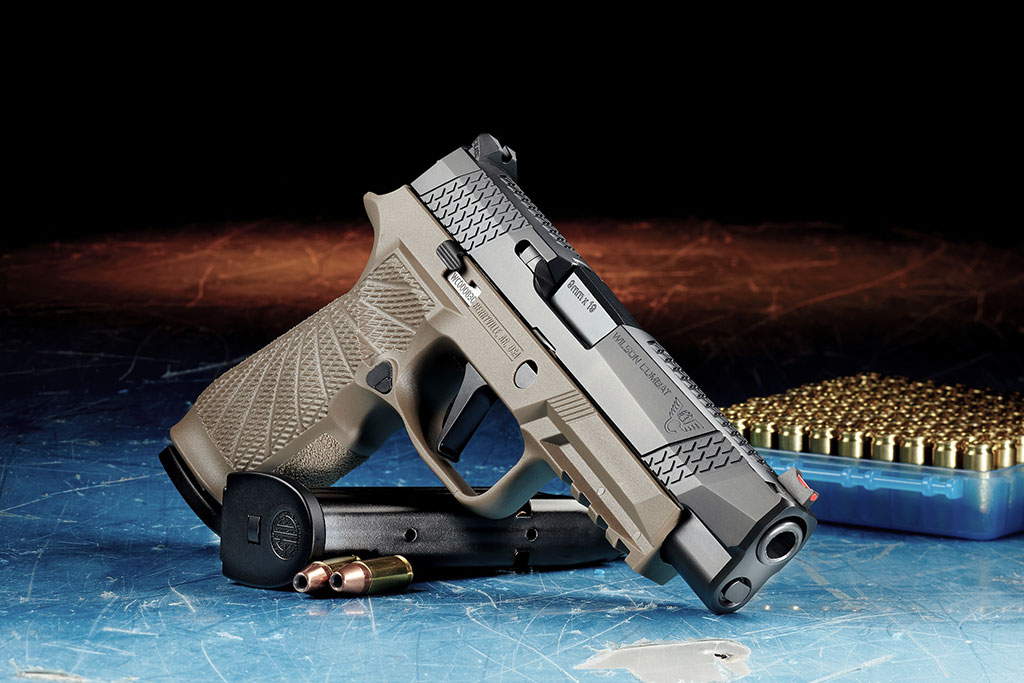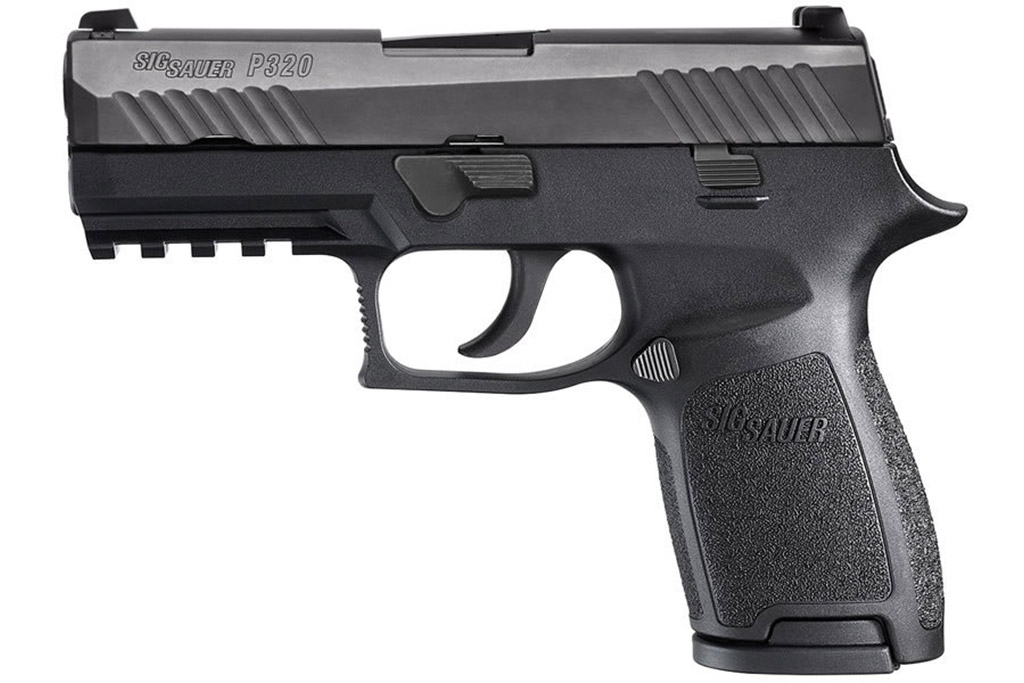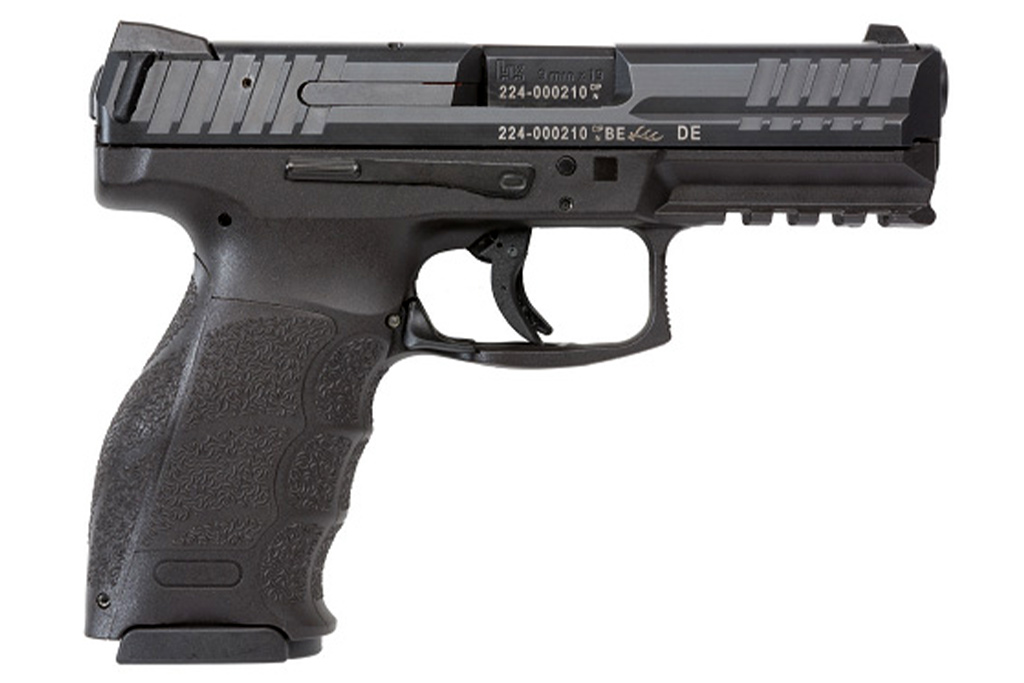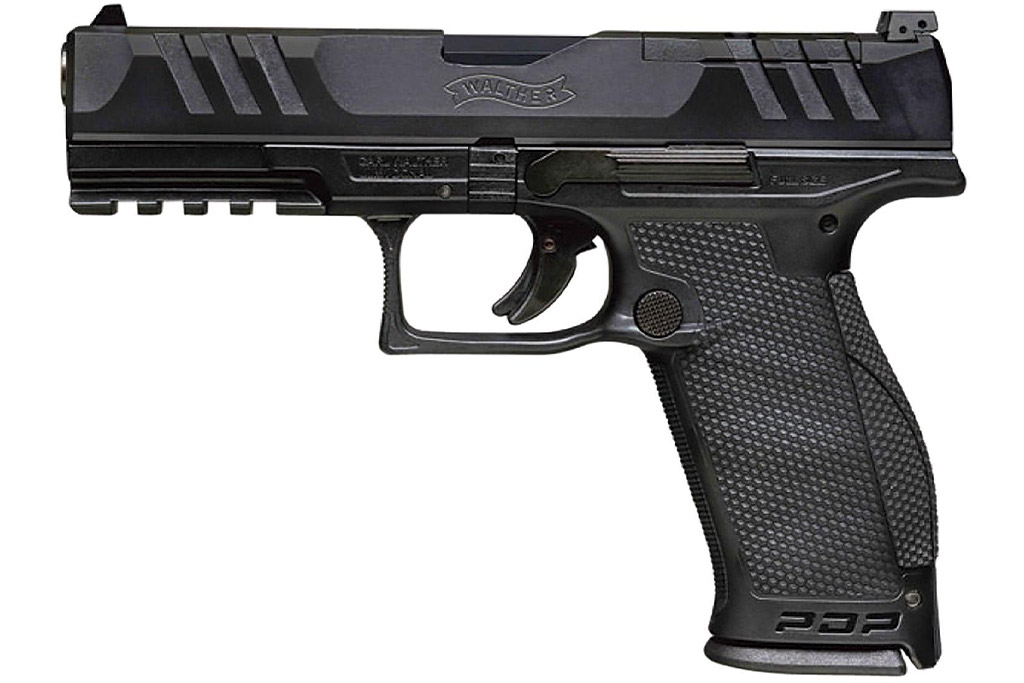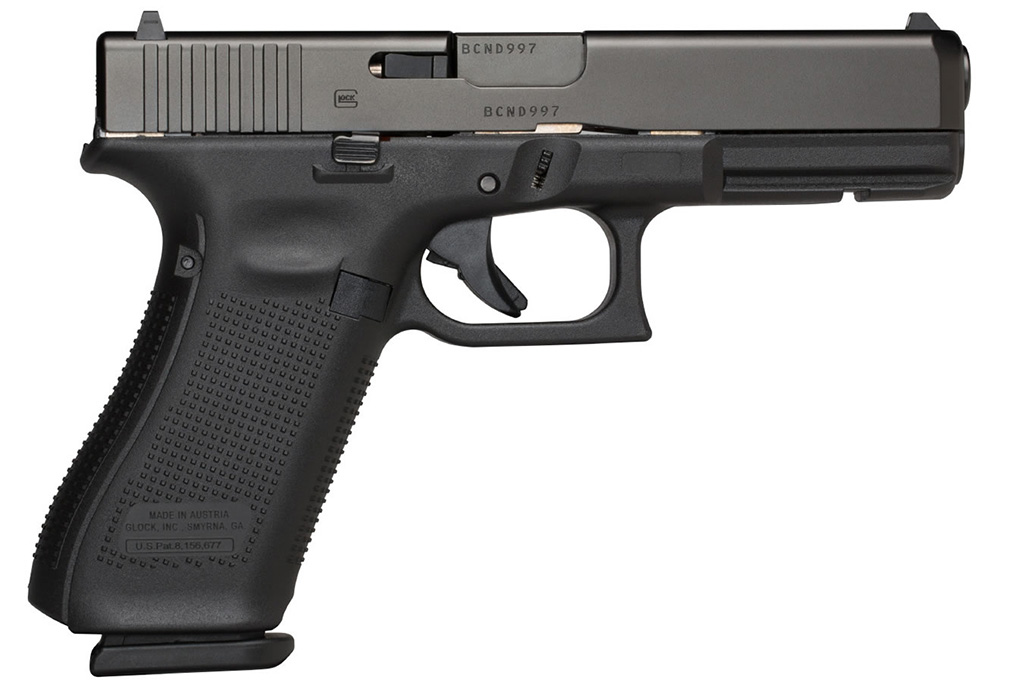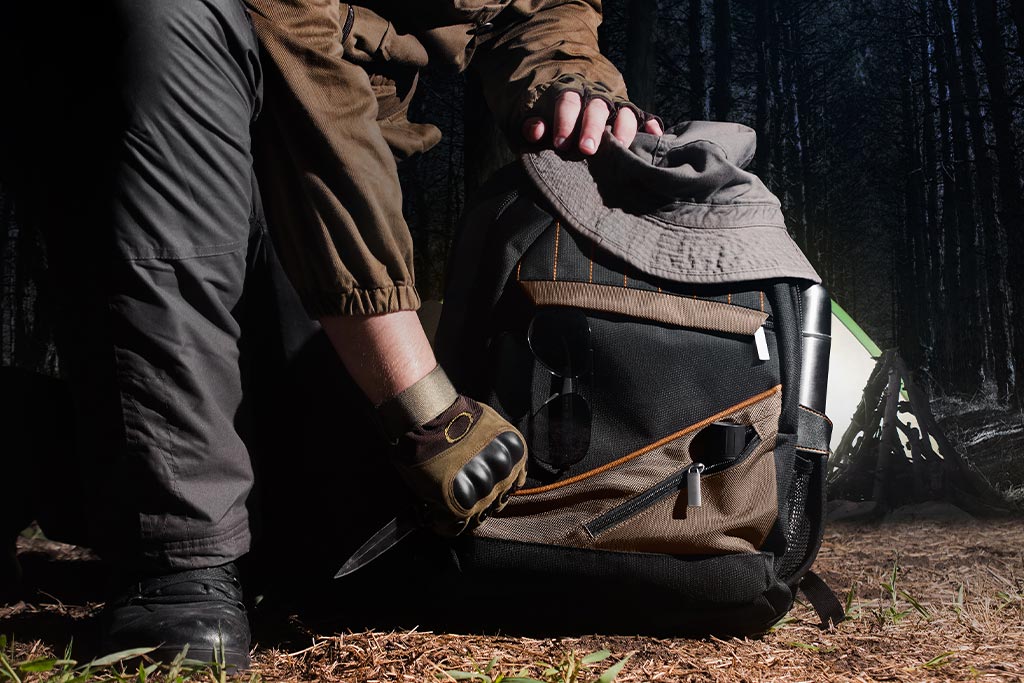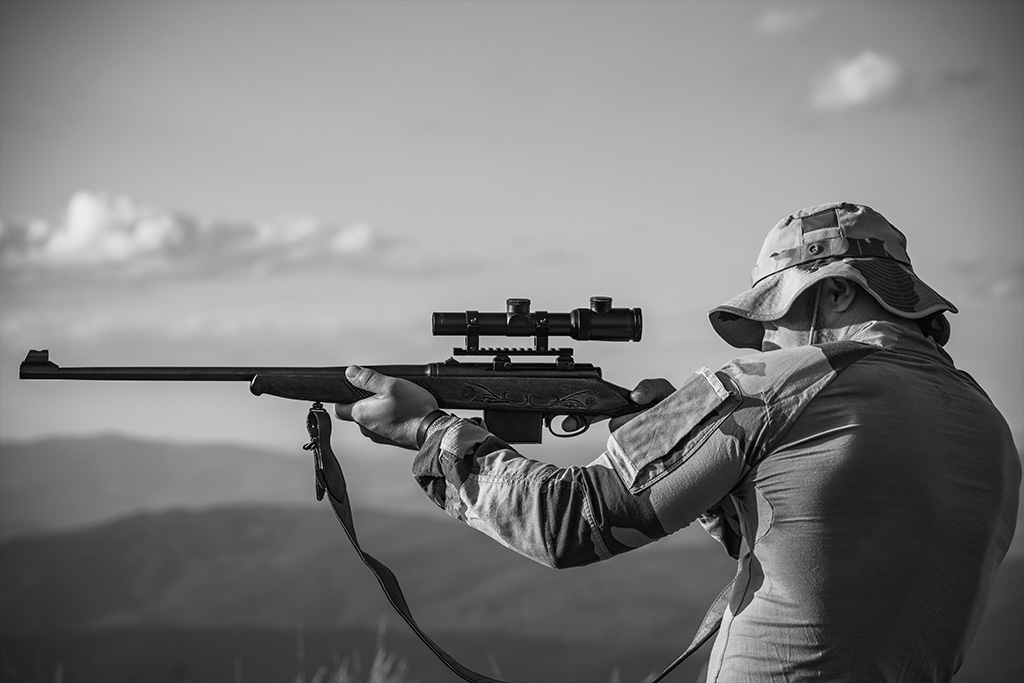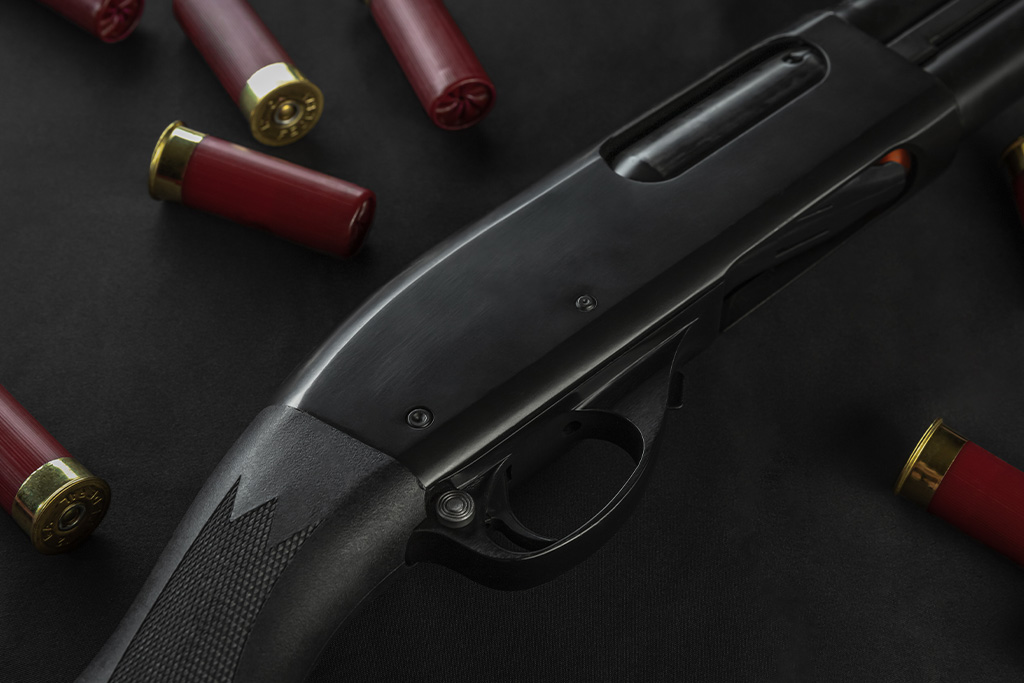Single-action revolvers are still welcomed by experienced shooters and revolver lovers. So, let’s first see what is the single-action trigger and then check out some of the best single-action revolvers in detail.
Single-action trigger
A single-action trigger system refers to the mechanism by which a firearm’s trigger performs a single function when pulled. In the context of revolvers, a single-action trigger system requires the shooter to manually cock the hammer before the trigger can be squeezed, causing the hammer to strike the firing pin and discharge the round.
When the hammer is cocked back manually, either by thumb or by pulling the hammer spur, the single-action trigger system sets the firearm in a state where a light trigger pull is sufficient to release the hammer. This single action of the trigger only performs the release function, without having to perform any additional actions such as cocking the hammer or advancing the cylinder.
The advantage of a single-action trigger is that it typically provides a lighter and crisper trigger pull compared to other trigger systems. This can contribute to increased accuracy because the lighter trigger pull requires less force and is less likely to disturb the aim while firing.
It’s important to note that in a single-action revolver, each shot requires the shooter to manually cock the hammer before squeezing the trigger. This is in contrast to double-action revolvers or semi-automatic pistols, where pulling the trigger performs both the cocking and releasing of the hammer.
A revolver with a single-action trigger provides a classic and traditional shooting experience, reminiscent of the revolvers used in the Old West. It requires an additional step of manually cocking the hammer, but it offers a lighter and more precise trigger pull, which can be appealing to those who appreciate the artistry and mechanics of these firearms.
Advantages of single-action
- Light and Crisp Trigger Pull: One of the significant advantages of a single-action trigger system is that it typically provides a light and crisp trigger pull. Since the hammer is manually cocked before pulling the trigger, the trigger itself only needs to release the hammer. This results in a lighter trigger pull weight, which can enhance accuracy and shooting performance, especially for precise target shooting.
- Consistency: The single-action trigger system offers a consistent trigger pull with minimal variation. Once the hammer is cocked, the trigger pull weight remains relatively constant from shot to shot. This consistency can aid in maintaining accuracy and predictable shot placement, as the shooter can become accustomed to the trigger’s feel and breakpoint.
- Safety: Single-action revolvers often incorporate additional safety mechanisms due to the separate manual cocking step. These safety features, such as transfer bars or safety notches, help prevent accidental discharges and enhance overall safety during handling and storage.
Single-action drawbacks
- Manual Cocking: One of the primary drawbacks of a single-action trigger system is the requirement to manually cock the hammer before each shot. This additional step can slow down the shooting process, particularly in fast-paced or self-defense scenarios where quick follow-up shots may be necessary.
- Limited Trigger Functionality: With a single-action trigger system, the trigger’s sole function is to release the hammer. It does not perform any other actions, such as cocking the hammer or advancing the cylinder. This limited functionality can be seen as a drawback for those seeking a simpler and more streamlined shooting experience.
- Potential Safety Concerns: While single-action revolvers can incorporate various safety mechanisms, the need to manually cock the hammer introduces an extra step that requires careful attention and discipline. Failing to fully engage the safety mechanisms or inadvertently pulling the trigger without fully cocking the hammer can lead to accidental discharges. To avoid this, a shooter must take proper precautions.

